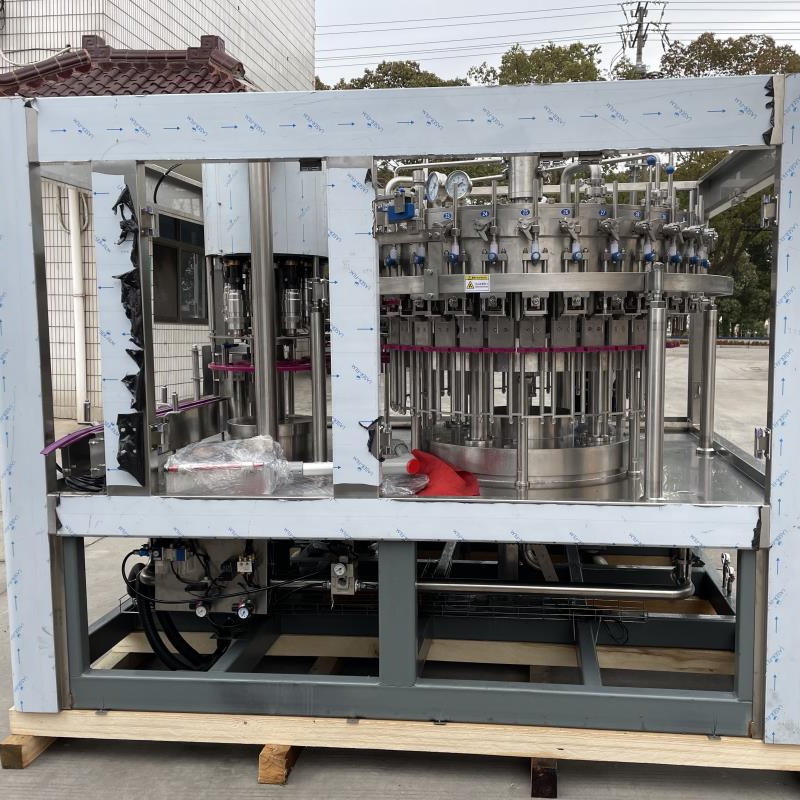Packaging Digest is part of the Informa Markets Division of Informa PLC
This site is operated by a business or businesses owned by Informa PLC and all copyright resides with them. Informa PLC's registered office is 5 Howick Place, London SW1P 1WG. Registered in England and Wales. Number 8860726. Milk Filling Machine In Glass Bottle

See All Food & Beverage »
See All Pharma & Medical »
See All Machinery & Automation »
See All Trends & Issues »
Continuous-thread (CT) caps for bottles and jars rely on proper tightening for a correct seal. Too tight and the threads can be damaged or make it difficult for someone to open the container. Not tight enough and the cap will leak.
Lug caps are a popular alternative used with glass containers. The caps have three or more formed protuberances that engage with lugs on the container. The main function of the lugs is to position the cap during sealing. They also allow resealing by the end user.
Image courtesy of PicsNew / Alamy Stock Photo This glass jar shows the lugs on its neck; the closure shows the inner elastomeric lining that helps ensure a tight seal.
This glass jar shows the lugs on its neck; the closure shows the inner elastomeric lining that helps ensure a tight seal.
An elastomeric lining seals any gaps between cap and neck as internal vacuum pulls them tight. The internal vacuum is created by filling a hot product or injecting steam into the container just prior to capping. The steam condenses, creating a nearly perfect vacuum.
Most lug caps are slightly domed and the dome or button is pulled down by the vacuum, providing visible evidence of a seal. When the cap is opened, the dome or button will audibly pop up, proving initial opening and product freshness.
Image courtesy of Martin Lee / Alamy Stock Photo After capping, as the product/steam cools, the center button depresses to indicate a vacuum. The button pops up when the container is opened.
After capping, as the product/steam cools, the center button depresses to indicate a vacuum. The button pops up when the container is opened.
Vacuum capping can only be used on rigid containers, typically glass. If used on plastic or metal containers, instead of pulling the cap down, the container will collapse slightly, eliminating the cap/neck compression force.
One variation uses a lugless cap. The elastomeric lining extends up the sidewalls of the cap. Steam softens it and it forms, matching threads with the neck. This allows it to be screwed off and on by the consumer.
Vacuum capping is easy to understand when you know how it works.
Find out more about this and other closing technologies and how to choose the right one for your product. They’re all covered in Chapter 5 of my Packaging Machinery Handbook. Other chapters cover filling, labeling, coding, and all commonly used packaging machinery. Available on Amazon https://amzn.to/3kr4qj7.
More information about text formats

1 Gallon Bottle Filling Machine In today’s workplace, five generations are actively employed. In this free ebook, learn how to leverage the strengths of each generation in your packaging department.